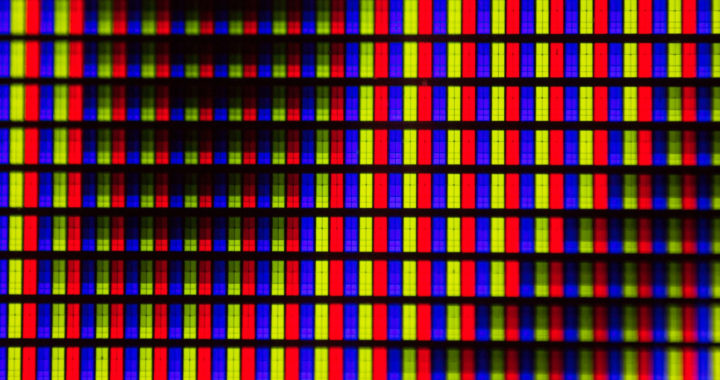There might be some confusion between OLED and AMOLED. Samsung Electronics often uses the term “AMOLED” to describe the screen panels in most of their smartphones and some of their high-end tablet computers. Most consumer electronics companies such as Apple and LG Electronics use the term “OLED” to refer to screen panels based on a similar technology. Nevertheless, to settle the score, these two terms are generally interchangeable but are still different in terms of their proper technical definitions. This article provides a definitive discussion of the difference between OLED and AMOLED.
Understanding the Difference Between OLED and AMOLED
Technical Definitions
An organic light-emitting diode or OLED is an organic compound that emits light in response to an electric current. It is also called an organic electroluminescent diode and it is an example of an emissive electroluminescent material. There are also three main categories of OLED. The first is based on small molecules. The second are those that use macromolecules or polymers and the third are those that have mobile ions and are called light-emitting electrochemical cells.
The applications of OLED revolve around solid-state lighting and electronic displays. The latter is the more prominent. OLED display represents a specific display technology that competes with other display technologies such as LCD technologies and MicroLED technology. There are also two main types of OLED display technology based on addressing schemes. These are passive-matrix OLED or POLED and active-matrix OLED or AMOLED.
Nevertheless, based on the aforementioned, an AMOLED is also an OLED, but it is specifically a type of OLED display technology. A specific AMOLED display consists of an active matrix of organic light-emitting diode. This matrix is an addressing scheme in which each diode or pixel is attached to a transistor and capacitor for individualized switching. This results in the active maintenance of the pixel state while other pixels are being addressed.
A passive-matrix OLED or POLED has a different addressing scheme. Each row and line of diodes or pixels in this type of OLED display is controlled in a sequential manner. This means that the entire row is being addressed or controlled. This is different from AMOLED in which individual diode or pixel is controlled. The active addressing of an AMOLED translates to several advantages that have made it the more popular OLED display technology.
Marketing Usages
The South Korean company iRiver was the first to use AMOLED as a marketing term when it introduced its iRiver Clix 2 portable media player in 2007. This device was equipped with an active-matrix OLED panel. Nokia also used the same term to describe the panels used in the Nokia N85 which was introduced in 2008 before using the term AMOLED Capacitive Touchscreen for the panels used in the Nokia C6-01 that was launched in 2010.
Samsung popularized the marketing term Super AMOLED to describe OLED panels that are integrated with a touch screen digitizer to detect touch-based inputs. Hence, because these panels are touch-enabled, they are also capacitive touchscreens. These panels first appeared in the Samsung Galaxy S which was introduced in 2010. Companies such as Nokia and BlackBerry also used the same marketing term because their panels came from Samsung.
The marketing term Super AMOLED evolved with the expansion of active-matrix OLED display technology. These include the Super AMOLED Plus and Super AMOLED Plus that were used in several Samsung Galaxy and Motorola Droid smartphones. The addition of HD in the same marketing term represents OLED panels with denser pixels per inch and capable of displaying images at a higher definition and higher resolution.
Apple has also started using active-matrix OLED in the iPhone beginning with the iPhone X that was launched in 2017. Some of these panels were supplied by Samsung while others were manufactured by LG Electronics. Nevertheless, instead of calling these panels Super AMOLED, the company has been using the term Super Retina. This term streamlines these AMOLED panels within the greater Retina brand of Apple for high-resolution panels.
Highlighting the Difference Between OLED and AMOLED
The aforementioned difference between OLED and AMOLED boils down to the fact that the latter is a more general term for the actual technology and derivative technologies or applications based on the usage of organic light-emitting diodes, while the latter represents a specific OLED display technology that uses the active matrix addressing scheme. The two have different technical definitions but have since become interchangeable. Most manufacturers and consumer electronic companies have been using the term OLED to refer to display panels that organic light-emitting diodes regardless of the addressing scheme used.
